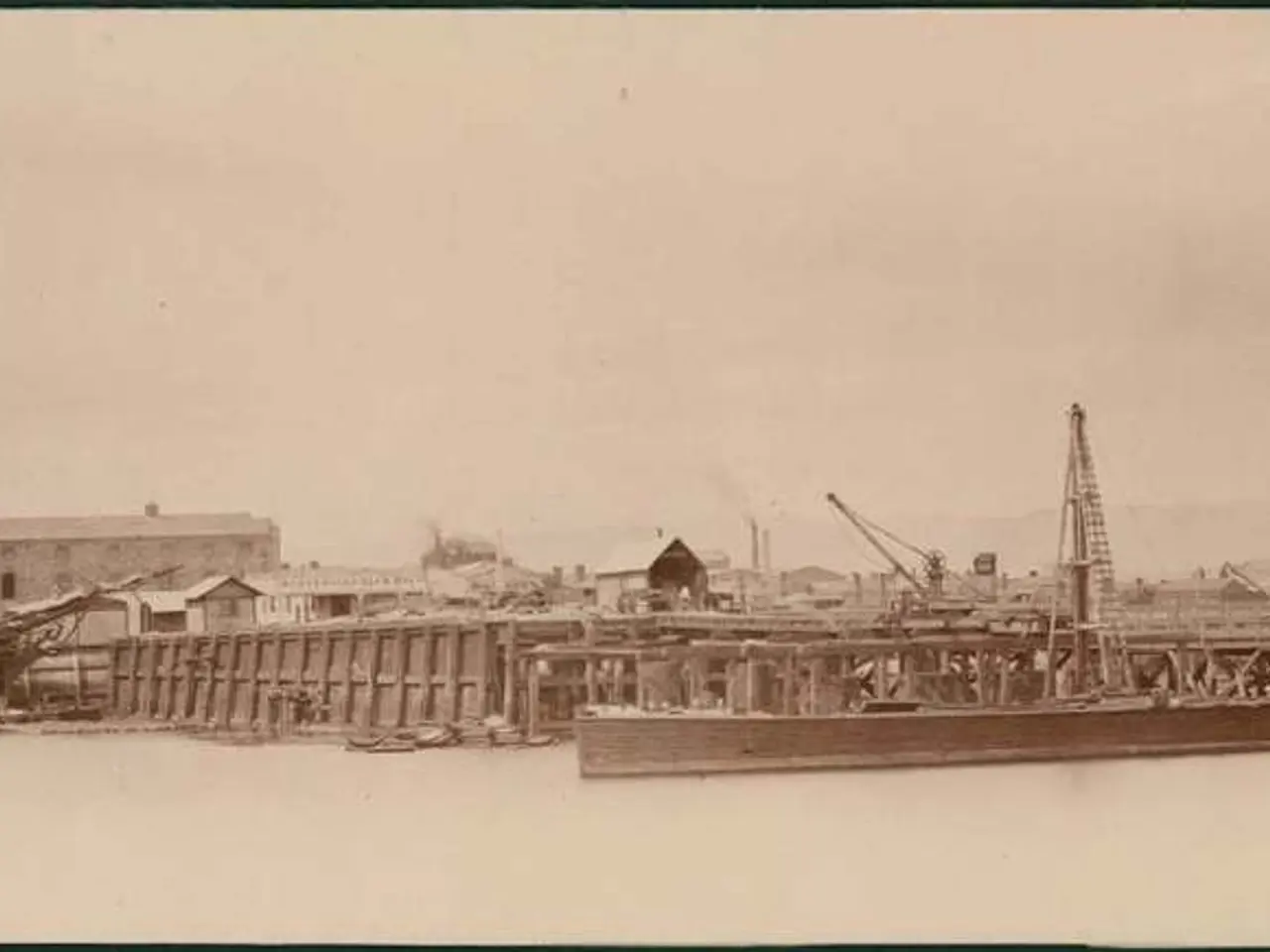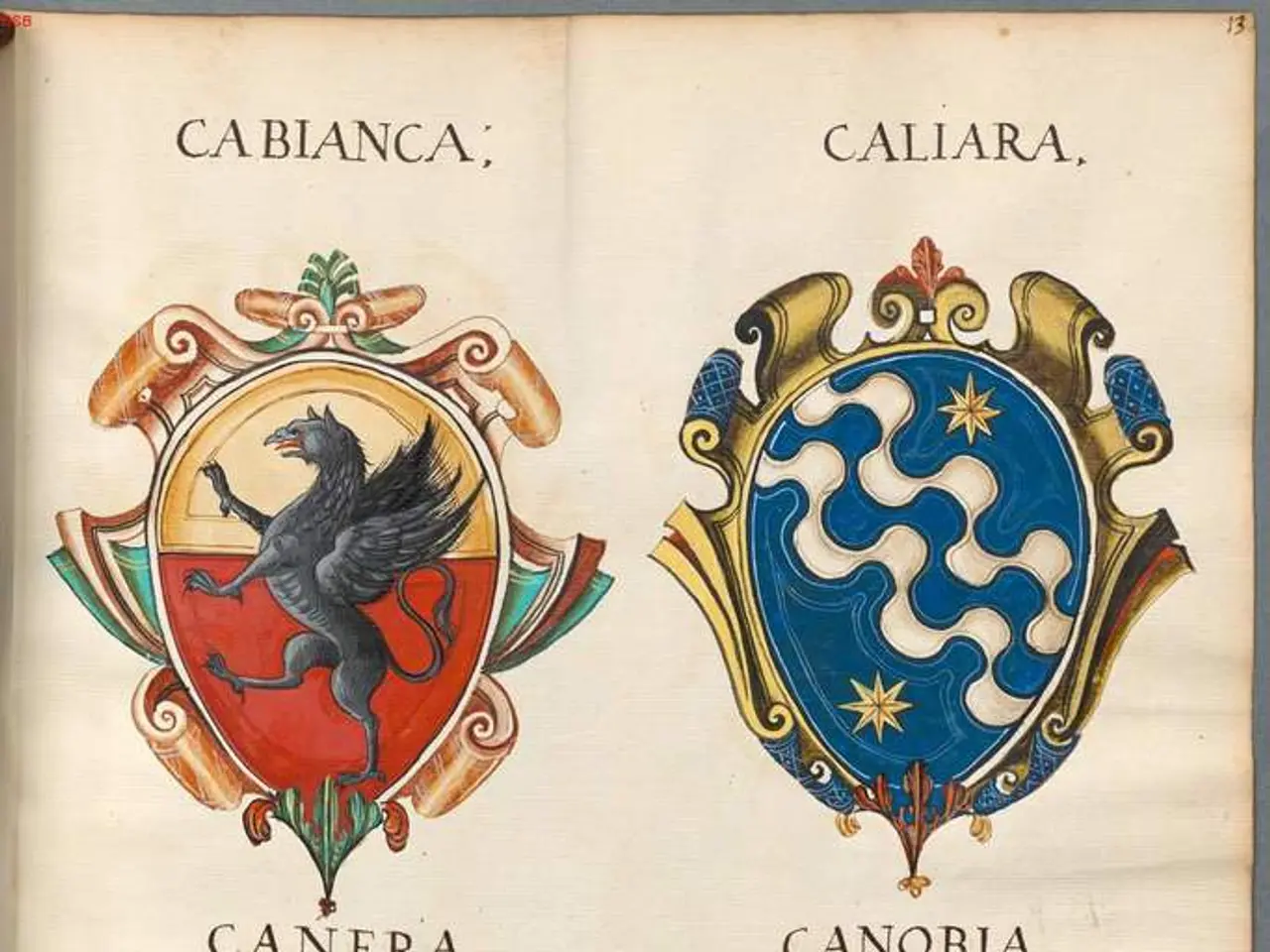Tsunami aftermath shows no reported damages; closure persists at 8 seaports
In response to a tsunami warning issued following the 8.8-magnitude earthquake near Russia's Kamchatka Peninsula, several Pacific Ocean ports in Mexico temporarily closed as a precautionary measure. The earthquake, which occurred 126 kilometers (78 miles) east-southeast of Petropavlovsk-Kamchatsky, Russia, was reported by the USGS as one of the 10 most powerful earthquakes on record.
The Mexican Navy (Semar) took immediate action to ensure safety, closing some ports to large vessels (e.g., Zihuatanejo, Guerrero; Puerto Peñasco, Sonora; Puerto Chiapas, Chiapas) and others to small vessels (e.g., Cabo San Lucas, Baja California; Chacala, Nayarit), preventing maritime traffic that could be endangered by tsunami-induced sea conditions.
The tsunami warning was also issued by Mexico, the United States, and Chile. Despite the warning, dozens of people, including locals and tourists, crowded the Mazatlán promenade, ignoring official warnings to stay away from the coastal area for safety reasons.
Fortunately, no material damage or injuries were reported at these sites. Officials emphasized that the risk of sudden strong waves and currents made it necessary to close ports temporarily as a protective action for coastal communities and shipping activities.
Even though the advisories for Mexico were lifted later, an alert bulletin was issued by the Tsunami Warning Center (CAT) of the Semar to update sea level fluctuations at various points along the Mexican Pacific coast. Ensenada, Baja California, recorded a wave height of 0.70 meters at 6:15 a.m. (12:15 GMT), while Salina Cruz in Oaxaca recorded a wave height of 0.25 meters at 6:14 a.m. (12:14 GMT). Manzanillo, Colima, and Clarión Island also reported minor wave heights during the same time frame.
Despite the temporary closures and warnings, Mexican President Claudia Sheinbaum has ruled out damages following the earthquake. The closures served as a reminder of the importance of adhering to official warnings and taking precautions during times of potential natural disasters.
- The news of climate-change events, such as tsunamis, significantly impacts environmental-science studies, as seen in the recent tsunami warning caused by an 8.8-magnitude earthquake near Russia's Kamchatka Peninsula.
- In environmental-science, events like earthquakes and tsunamis can have ripple effects on general-news topics, like war-and-conflicts and crime-and-justice, as authorities often issue precautions and closures to maintain public safety, such as the temporary closure of ports in Mexico.
- As the world grapples with issues like climate-change and its associated disasters, political leaders, such as Mexico's President Claudia Sheinbaum, play crucial roles in ensuring the public is well-informed and prepared, as demonstrated by her comments regarding the earthquake in Kamchatka.
- Accidents, such as car-accidents and fires, may seem less related to events like tsunamis, but they can share similarities in the importance of safety measures and disaster preparedness, as shown in the Mexico Navy's swift action to close ports in response to the tsunami warning.
- Despite the successful management and prevention of disasters, like the recent tsunami warnings in Mexico, it is crucial to maintain vigilance in various science fields, such as geology and meteorology, to stay aware of potential risks and minimize the impact of natural catastrophes.








